How can I reuse/use up really, really old coffee beans?
 I mentioned in passing on my simple/frugal living blog that we’re having our kitchen ceiling replastered at the moment.
I mentioned in passing on my simple/frugal living blog that we’re having our kitchen ceiling replastered at the moment.
Ahead of the plasterer starting on Monday, we had to tidy off all the work surfaces and tops of cupboards – quite a challenge for hoarders like us with many, many culinary hobbies! Anyway, among our tidying, I found a couple of half-used bags of coffee beans in an old biscuit tin. My boyfriend John bought them from an expensive coffee bean shop but didn’t really like them – he couldn’t bring himself to throw them away though, better to keep them as a back-up just in case he runs out of his preferred ones. That sounds like a good plan, doesn’t it? Except they’ve been waiting in reserve for quite a while now. So long so that I had to search my old email to find out when we went to the place we bought the beans from (Lincoln). 2007. Five years. Gosh.
They do still smell quite coffee-ish but I suspect they’re long, long, long past their prime!
They could go on the compost heap but I’d rather reuse them in some other way rather than just letting them rot.
They could be ground and used in the same way you can reuse any coffee grounds — the magical internet tells me I can use it for dyeing fabric/yarn or even my hair, and I imagine these virgin beans would result in a deeper colour than already used once ones.
But does anyone have any ideas for ways I could use them whole? Crafty ideas or practical ones?



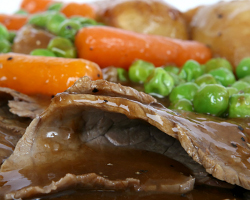 Most food scraps are great for a compost heap – they tend to rot down quickly and can help keep a brown-heavy compost heap balanced, particularly in the winter when there is less fresh green matter around the garden.
Most food scraps are great for a compost heap – they tend to rot down quickly and can help keep a brown-heavy compost heap balanced, particularly in the winter when there is less fresh green matter around the garden.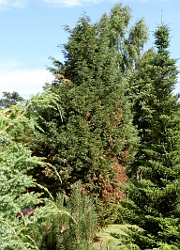 We’ve had an email from Jennifer (sorry it’s taken a few weeks to feature it, Jennifer!):
We’ve had an email from Jennifer (sorry it’s taken a few weeks to feature it, Jennifer!):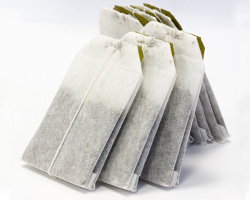 Over on
Over on 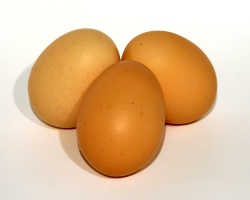 1. Feed them back to your chickens (or lizards, or dogs…)
1. Feed them back to your chickens (or lizards, or dogs…)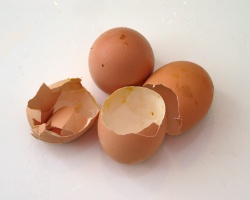 3. Make your own Sterno/heating fuel
3. Make your own Sterno/heating fuel














